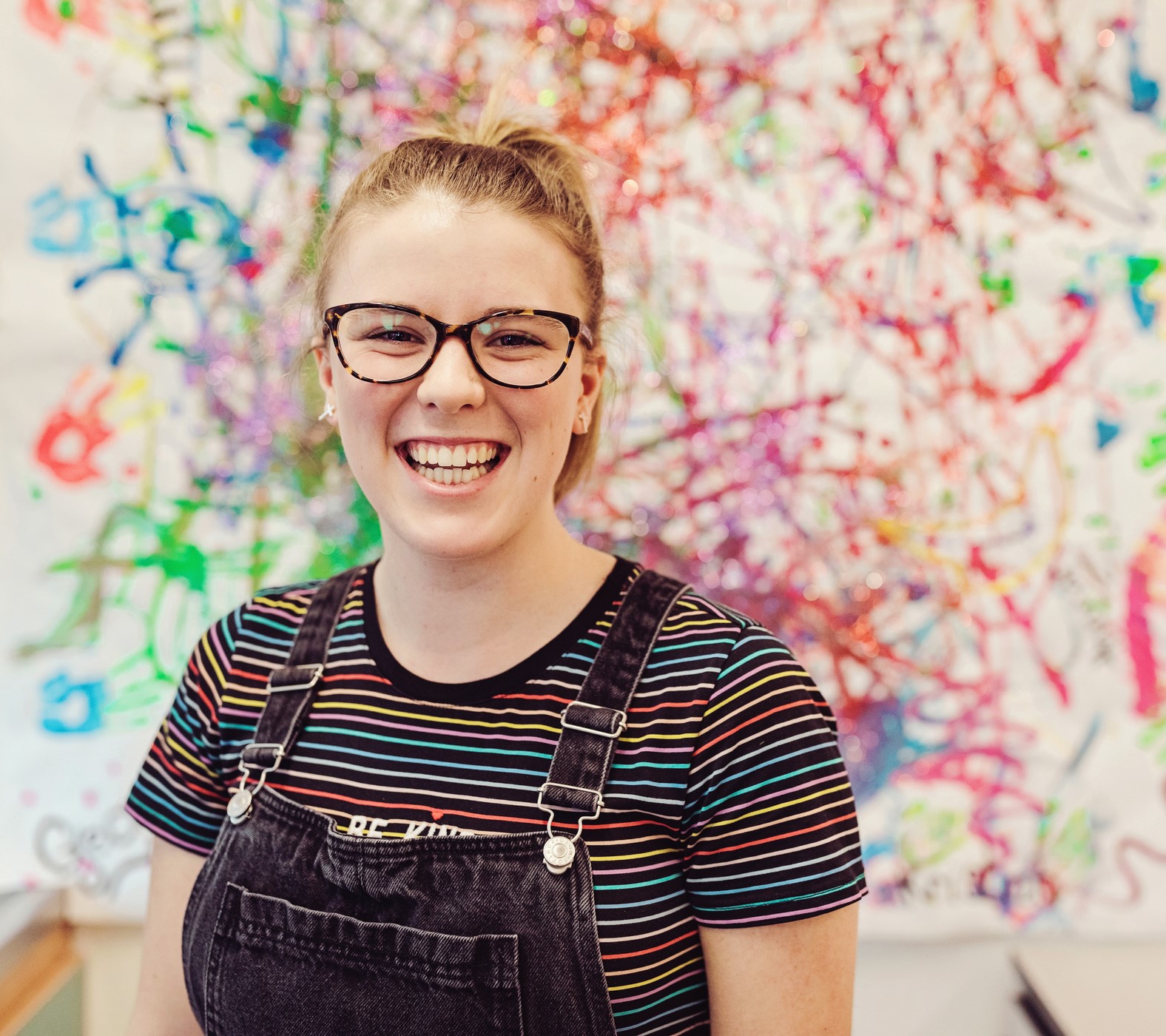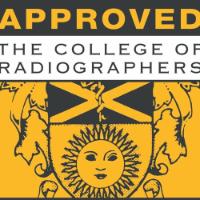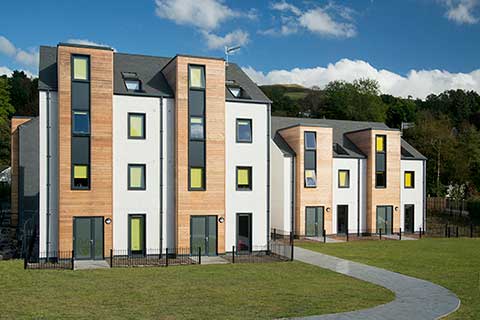BSc (Hons) - Diagnostic Radiography
Diagnostic radiographers use advanced technology to image body systems and organs, aiding in the diagnosis of disease and injury and enabling the most appropriate treatment to be provided. Our degree will equip you to qualify as a diagnostic radiographer and allow you to apply to be registered with the Health and Care Professions Council.
Our industry-active tutors are dedicated to teaching you current knowledge and insights in medical imaging. On campus, you will develop your skills and build your confidence in safe and supportive learning environments using our specialist labs, which replicate the real-life experiences you’ll have on placement. You will have access to £2 million worth of digital imaging equipment, including newly updated AGFA x-ray rooms and Siemens x-ray rooms, in our cutting-edge facilities.
You will also spend approximately half of your course on clinical placements covering a range of clinical imaging techniques such as projectional radiography, computerised tomography, and magnetic resonance imaging, with some clinical time in areas such as radionuclide imaging and mammography.
We have strong links with local placement providers, including NHS hospitals and independent medical imaging service providers. Our department also has links with leading specialist centres such as The Christie Hospital, one of Europe’s leading cancer centres.
The NHS Learning Support Fund, offering at least £5,000 per year, is available to eligible students. For more information and details of eligibility, visit www.nhsbsa.nhs.uk/lsf.
Course Overview
On our radiography course, you'll gain a firm grounding in anatomy and the applied science relevant to medical imaging. Our digital imaging labs will provide you with initial hands-on experience in a modern environment.
You’ll spend approximately 50% of your time on placement, covering a range of clinical imaging techniques such as projectional radiography, computerised tomography, and magnetic resonance imaging, with some clinical time in additional areas such as radionuclide imaging, ultrasound and mammography. In year three, you’ll have the opportunity to focus on a specific imaging modality to attain competencies and additional experience before you graduate.
Upon successful completion of your degree, you will be eligible to apply to register as a Diagnostic Radiographer with the Health and Care Professions Council (HCPC).
Radiographers have excellent career paths with fantastic opportunities for progression, working in areas such as: MRI scanning, nuclear medicine, ultrasound, x-ray, interventional radiography/radiography reporting, computerised tomography (CT), radiography research, and equipment application specialist for medical imaging equipment manufacturers.
Our Allied Health Profession courses are ranked 1st in the North West and top 10 in the UK. We are also 1st in the North West for continuation and career prospects following graduation from Allied Health Profession Courses (Guardian University Guide 2023 Results).
On this course you will...
- Balance your academic study with approximately 42 weeks of clinical placements throughout your course, giving you the hands-on experience needed to become a radiographer. These placements will mostly be based in NHS hospitals, but independent sector medical imaging service providers are also used.
- Develop your skills in our labs using 'live' X-ray equipment which replicates the real-life clinical experience you'll get on placement.
- Be taught in small groups allowing for a supportive learning experience during your radiography degree.
- Work with newly updated, cutting-edge clinical imaging technology.
- Gain experience in a wide range of imaging modalities such as MRI, CT, plain film radiography and Radionuclide Imaging.
What our students say
-
![Sam Cubbin, Diagnostic Radiography]()
I felt prepared before going on my first placement, and have always felt supported by both my clinical and personal tutors when on placement.
Sam Cubbin, Diagnostic Radiography
Sam previously studied biology at university but decided he wanted to change his career path and chose to study Diagnostic Radiography after hearing positive reviews about it from people in the role.
-
![Shaheen Cassamobai, Diagnostic Radiography]()
I love helping people and knowing that I have had a positive effect on even one person’s life is enough for me. I am putting all of what I learn into the real world and dealing with actual patients, although this might sound terrifying, the job itself is so rewarding!
Shaheen Cassamobai, Diagnostic Radiography
Shaheen always wanted to go to university and our Lancaster campus offered the perfect environment for Shaheen to learn about Diagnostic Radiography and develop skills.
Experience Cumbria





Location
Carlisle - Fusehill Street Campus
The Fusehill Street campus has been the setting of life-saving treatments since World War I. Now, it's home to world changers, life-savers, crime fighters, and entrepreneurs with access to high-quality facilities and innovative thinking.
Find out moreLocation
Lancaster Campus
Lancaster is the Red Rose heartland, a student haven full of history and culture. With iconic stone architecture, parkland, and a caring community, this is the place to get involved. The campus houses top-quality facilities tailored to the needs of life-savers, world changers, and future leaders.
Find out more
Find out more about studying with us
Attend an Open Day at Cumbria
An Open Day is your opportunity to explore one of 5 campuses, meet your lecturers, and find out how the University of Cumbria could become your new home.








.webp)


